What to eat to beat menstrual cramps
By naturopath Margaret Jasinska
Menstrual pain is extremely common but that doesn’t mean it’s normal or ideal. It is normal to feel some abdominal discomfort but intense pain that requires pain relieving medication is not healthy. It is usually an indicator of a hormone imbalance and excessive inflammation in the body.
Menstrual cramps can cause throbbing, sharp or cramping sensations in the lower abdomen. Some women also experience pain in their lower back and the tops of their thighs. Pain is usually worst just as menstrual bleeding begins, and tapers off by the second day of bleeding. Pain that lasts longer may be associated with a medical problem such as endometriosis or uterine fibroids and requires further investigation.
The medical term for menstrual cramps is dysmenorrhoea and it is typically treated with anti-inflammatory pain relieving drugs such as aspirin or naproxen. Many doctors recommend the oral contraceptive pill as a suitable remedy because it suppresses the regular menstrual cycle. It’s not a solution though of course. Bleeding once a month while on the pill isn’t a proper period; it’s a withdrawal bleed.
In most cases menstrual cramps can be eliminated or significantly reduced by simple diet changes and the right supplements.
Foods that may aggravate menstrual pain

Foods that increase inflammation
Studies have shown that women who experience greater levels of pain have higher levels of pro-inflammatory prostaglandins in their body. Prostaglandins are hormone-like substances. Too much of the wrong kind of prostaglandins can promote painful uterine contractions and decrease blood flow to the uterus. High levels also lead to increased muscle contraction, inflammation and pain. Sugar, omega 6 rich processed vegetable oil (sunflower, safflower, soybean, canola, corn, rice bran and cottonseed oil), dairy products and alcohol all raise levels of inflammatory prostaglandins in the body.
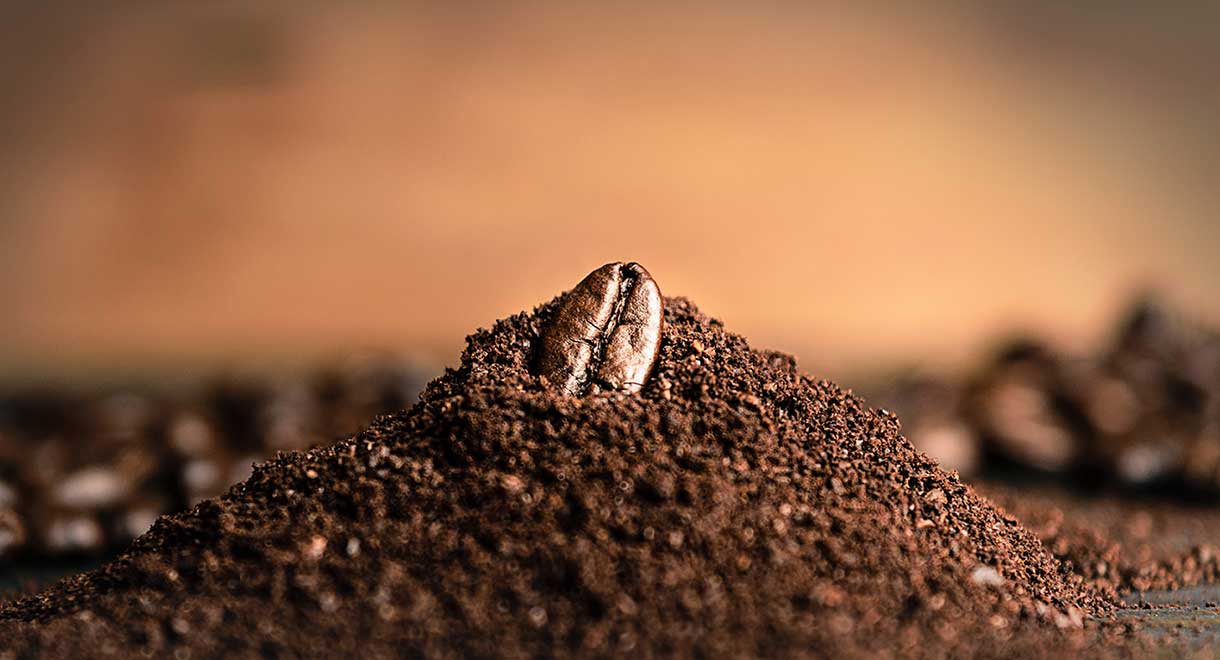
Caffeine
Caffeine can worsen the pain because it constricts blood vessels and raises tension levels, making cramping worse. You don’t have to eliminate all caffeine. Try to reduce the amount of caffeine you consume in coffee, tea and chocolate, the week before your menstrual period is due. If you get intense chocolate cravings before or during menstruation, try to increase your magnesium intake. Chocolate is actually quite high in magnesium. It’s not surprising that many women crave it at this time; magnesium is helpful for relieving the symptoms of premenstrual tension.
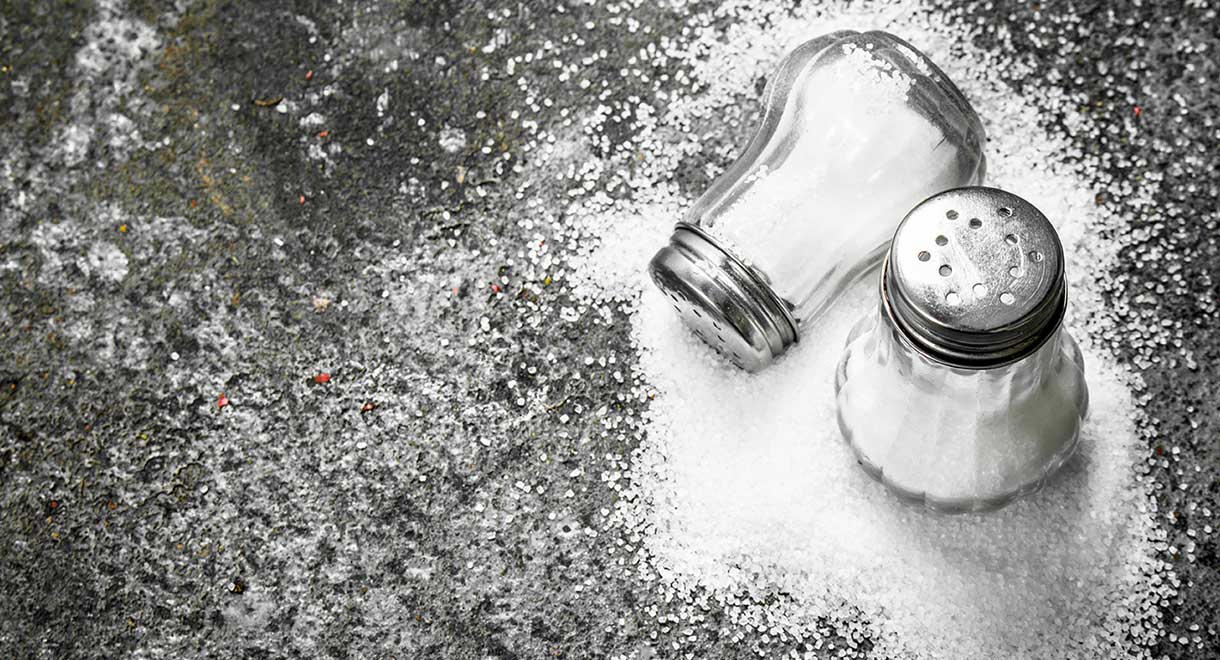
Too much salt
Many women feel incredibly bloated and puffy around the time of menstruation. Consuming too much salt at that time will only make you feel worse. Increase the amount of herbs and spices you add to your meals, so they are still tasty and you don’t notice the reduced salt. I don’t think salt is an unhealthy substance. Your body does need some; it’s just best to cut down at this time of month.
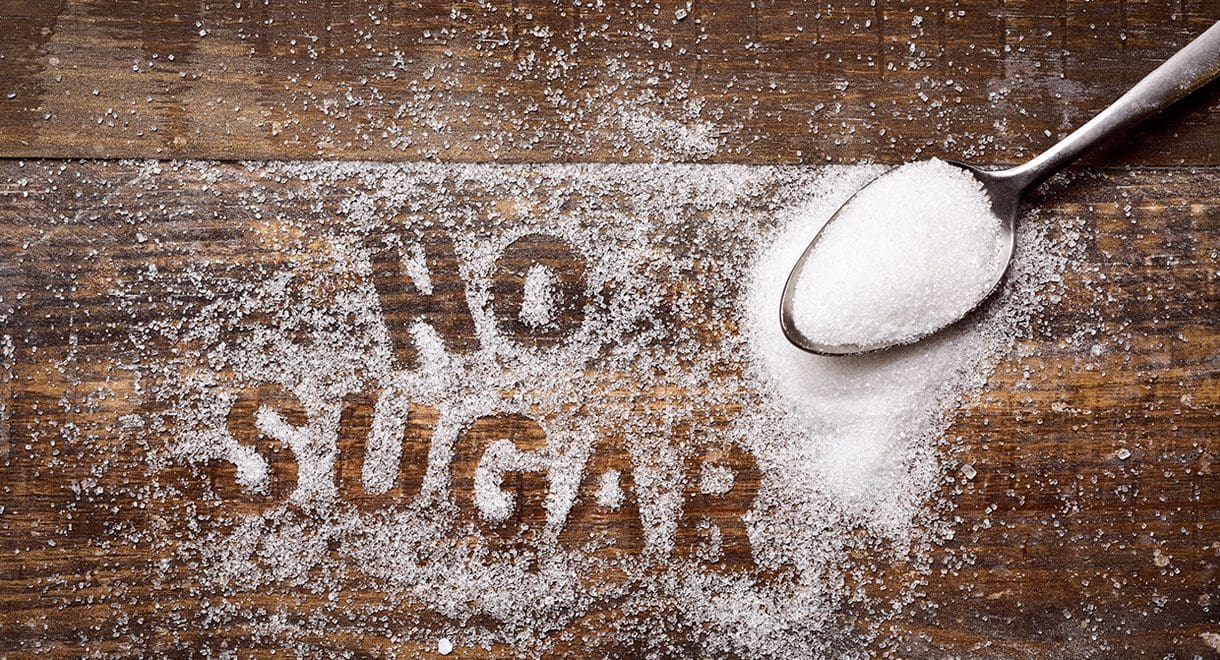
Sugar
Sugar can increase inflammation, pain and fluid retention. It’s quite easy to notice. Many of my patients report a huge difference in the level of pain they experience in different months, depending on how good they’ve been with their diet. Sugar feeds harmful gut bacteria and fungi. An overgrowth of bad gut bugs inflames the gut lining and waste products then enter your bloodstream. Sugar is fine as an occasional treat; please don’t make it a regular part of your diet. If you have overindulged in sugar recently, the antimicrobial herbs in BactoClear capsules can help to clean up your gut and the glutamine and other healing substances in Gut Health powder can heal a leaky gut.
Natural ways to relieve menstrual pain
- Try to consume more oily fish
Omega 3 fats promote production of the good kind of prostaglandins, which are anti-inflammatory and antispasmodic. The healthiest types of fish to include in your diet are sardines, herrings, mackerel, wild salmon, trout and anchovies. - Magnesium helps to relieve muscle cramps and spasms
Magnesium is found in green leafy vegetables, nuts, seeds and grains. It is also found in muscles, therefore meat provides magnesium. If your diet is not providing enough magnesium, you may benefit from taking a supplement. - Include more fibre in your diet
Women who suffer with menstrual cramps typically have a hormone imbalance called oestrogen dominance. That means there is too much oestrogen in their bodies relative to the level of progesterone. Fibre helps you excrete excess oestrogen through bowel motions. Chia seeds, other seeds, nuts, vegetables and fruit are great sources of fibre. Fibretone powder can top up your fibre intake if you can’t always consume enough. Using a natural progesterone cream can help to correct this imbalance fairly quickly. Progesterone cream requires a doctor’s prescription, which you can obtain at our clinic. - Support the health of your liver
Each day your liver breaks down oestrogen that is no longer required and it is secreted into your intestines, where much of it should be eliminated in bowel motions. How well your liver breaks down oestrogen largely determines whether your menses will be problematic. Green leafy vegetables, cruciferous vegetables and sulphur-rich vegetables all help support liver health by assisting phase 1 and 2 detoxification pathways. If you aren’t always consuming enough of those foods, Dr Cabot’s Ultimate Superfood powder can provide them.
For more solutions for menstrual pain see Dr Cabot’s book How not to kill your husband.


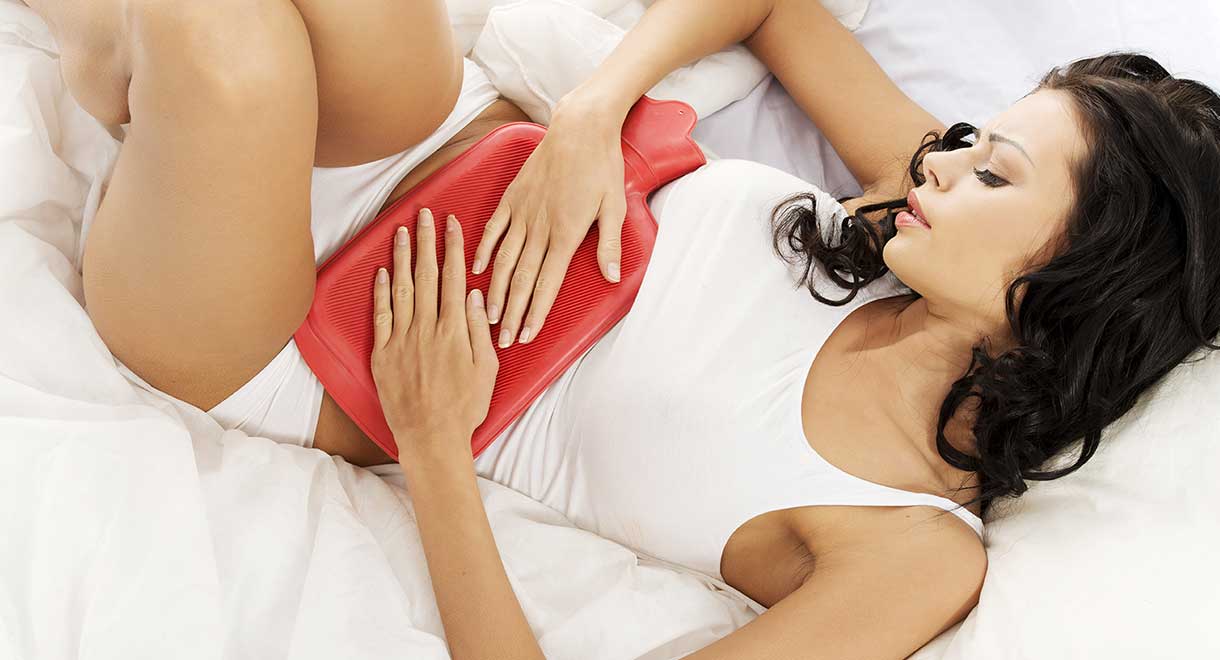

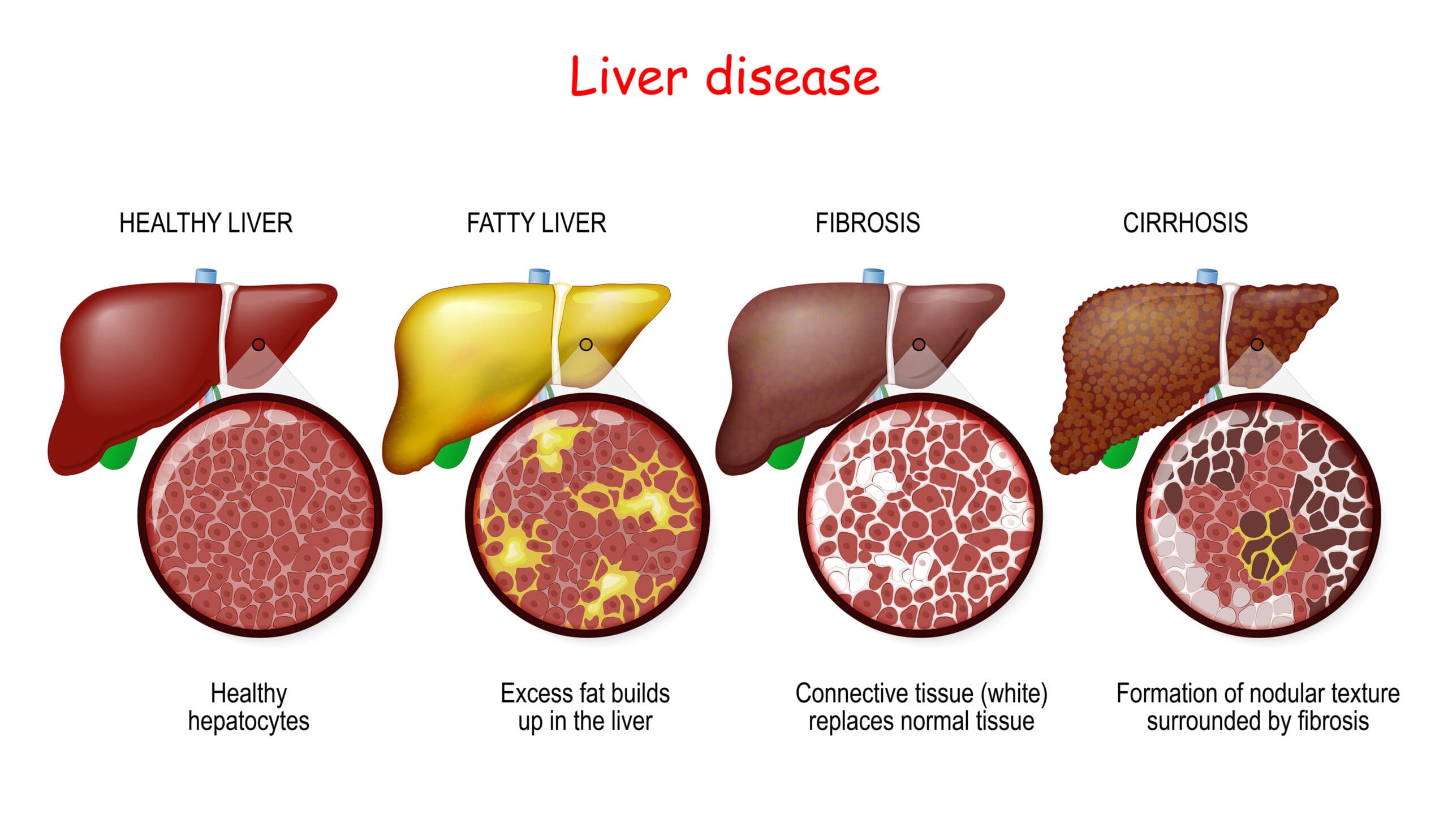
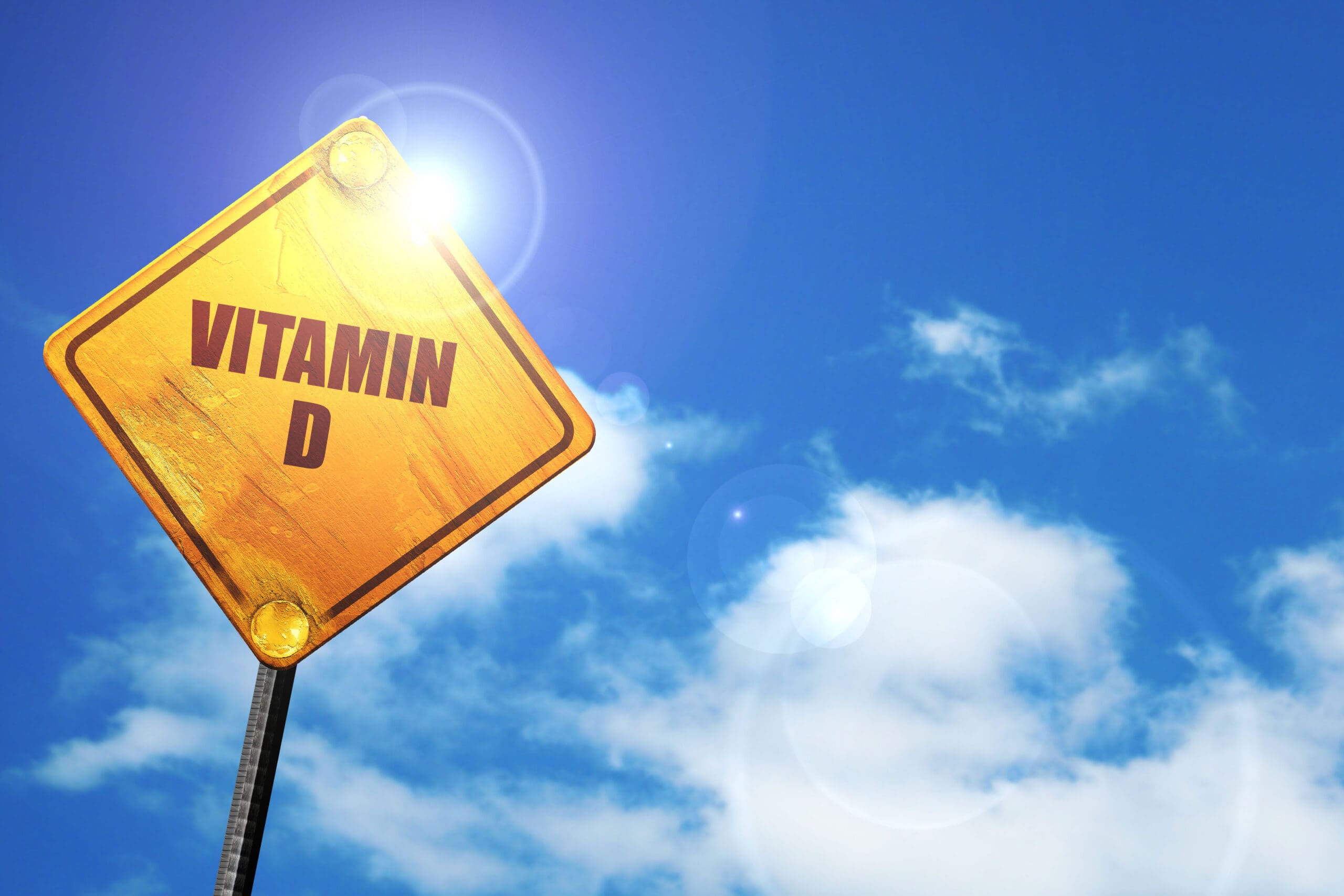

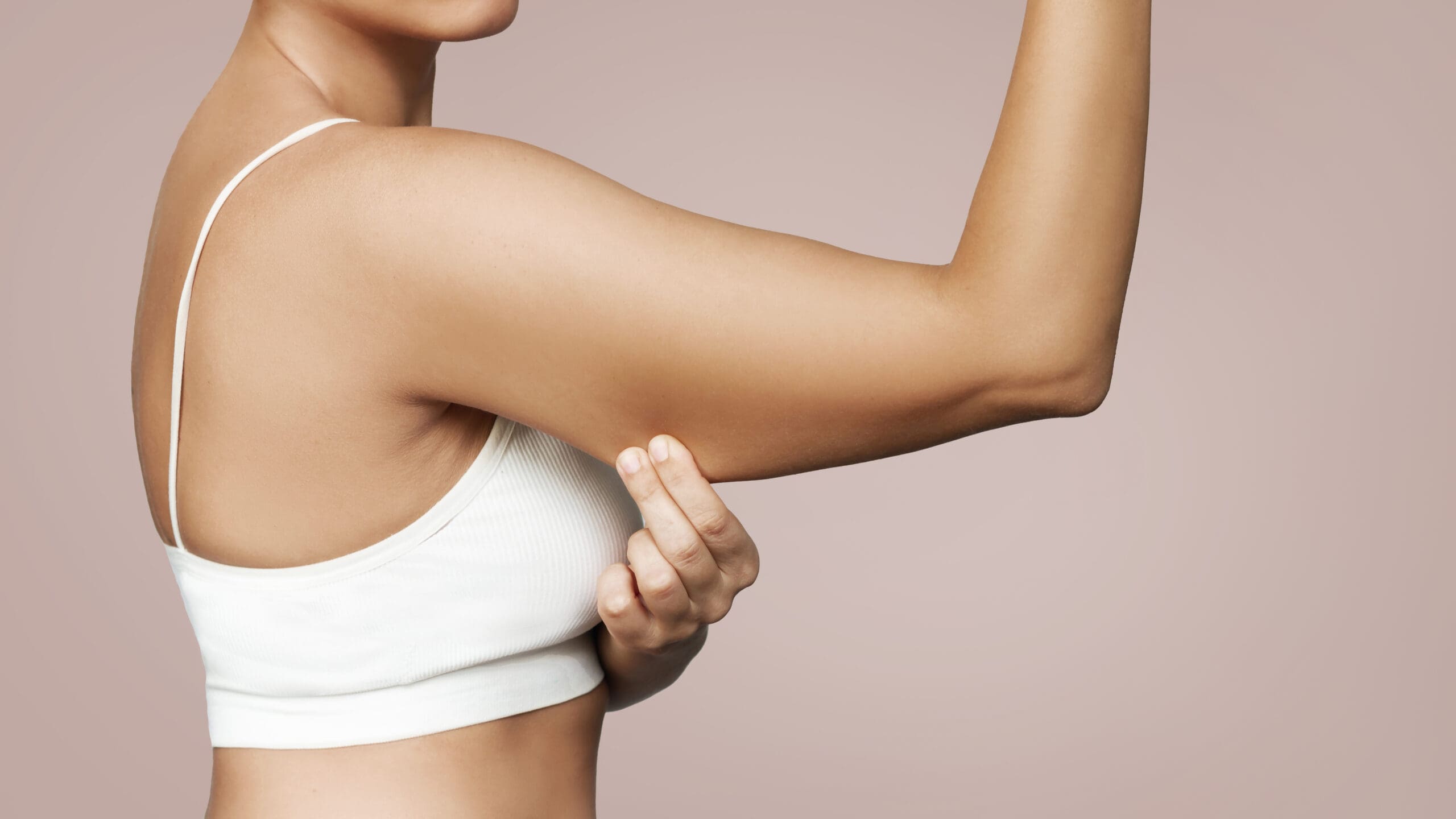

Leave A Comment